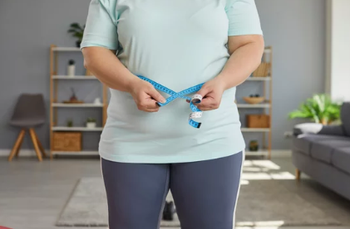
Can HRT help prevent Alzheimer’s?
A new study looks at the impact of hormone replacement therapy on preventing Alzheimer's. Plus: Are breast density readings actually accurate?
Results from a small pilot study suggest that transdermal estradiol, given to appropriate women in early postmenopause, may help prevent Alzheimer’s disease. Published in
For the Kronos Early Estrogen Prevention Study, investigators randomized 118 women 5 to 36 months past menopause to 0.45 mg/day of oral conjugated equine estrogens (CEE), 50 µg/day of transdermal 17β-estradiol, or placebo pills and patch for 4 years. The women in the treatment arms also received 200 mg/day of oral progesterone for 12 days each month. All of the participants were cognitively normal and were genotyped for APOE e4, a gene associated with an increased risk of late-onset Alzheimer’s disease.
Approximately 7 years after randomization and 3 years after the randomized treatment was stopped, deposition of amyloid-β (Aβ), which has been strongly implicated in development of Alzheimer’s disease, was measured in the brains of 68 of the participants. C Pittsburgh compound B (PiB) PET imaging was used and PiB Standard unit value ratios (SUVRs) were calculated.
The investigators found that in the APOE e4 carriers, treatment with transdermal 17β-estradiol (n=10) was associated with lower PiB SUVRs than was placebo (n=5) (odds ratio 0.04 [0.004-0.44]) or oral CEE (n=3) (odds ratio 0.01 [0.0006-0.23]) after adjusting for age. No association was seen between PiB SUVRs and hormone therapy in women who did not carry APOE e4.
“The association of transdermal 17β-estradiol therapy in recently menopausal women with lower Aβ deposition,” the authors said, “has the potential to change the concepts for preventive interventions that drive the field.” Clinical trials are underway in cognitively normal individuals with high PiB retention and in APOE e4 carriers.
How consistent are radiologist-to-radiologist breast density readings?
Data from a National Institutes of Health-supported study of mammography are likely to further complicate clinician/patient discussions about whether supplemental screening should be done on dense breasts. The findings-from a cross-sectional and longitudinal analysis-show significant variation in breast density measurement from radiologist to radiologist.
Published in
Overall, 36.9% of the mammograms were read as showing dense breasts, but across radiologists, the percentage ranged from 6.3% to 84.5% (median, 38.7% [interquartile range, 28.9% to 50.9%]) and it was not affected by multivariable adjustment (interquartile range, 29.9% to 50.8%). Variation in assessment of density across radiologists was pervasive in all but the most extreme patient age and BMI combinations. Discordant assessments of dense versus nondense status were seen in 17.2% (5909 of 34,271) of women who had consecutive mammograms interpreted by different radiologists.
In approximately half of US states, radiology facilities are required to disclose information on mammographic breast density to women, often with language that recommends a discussion of supplemental screening options for those who have dense breasts.
Newsletter
Get the latest clinical updates, case studies, and expert commentary in obstetric and gynecologic care. Sign up now to stay informed.















